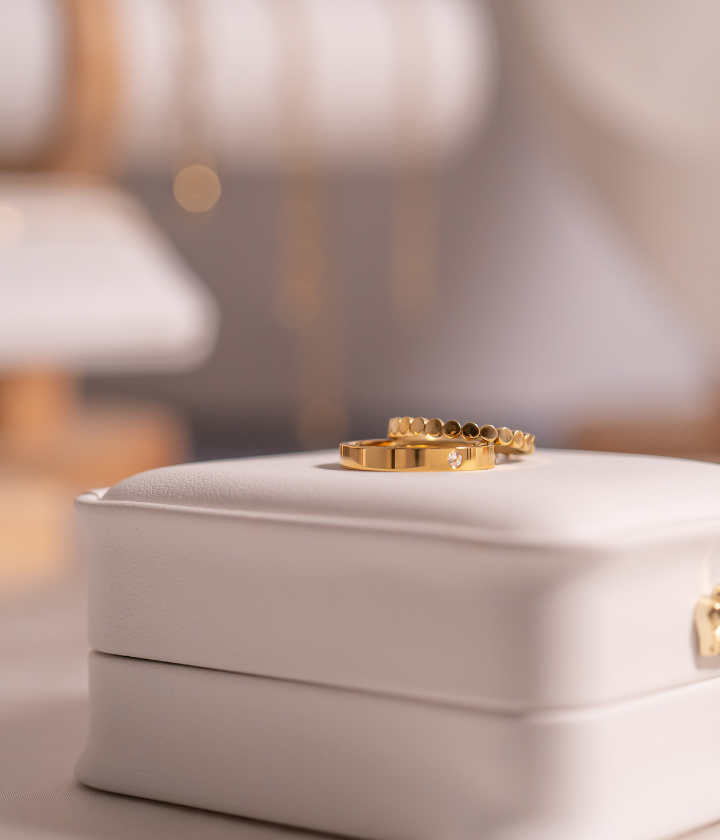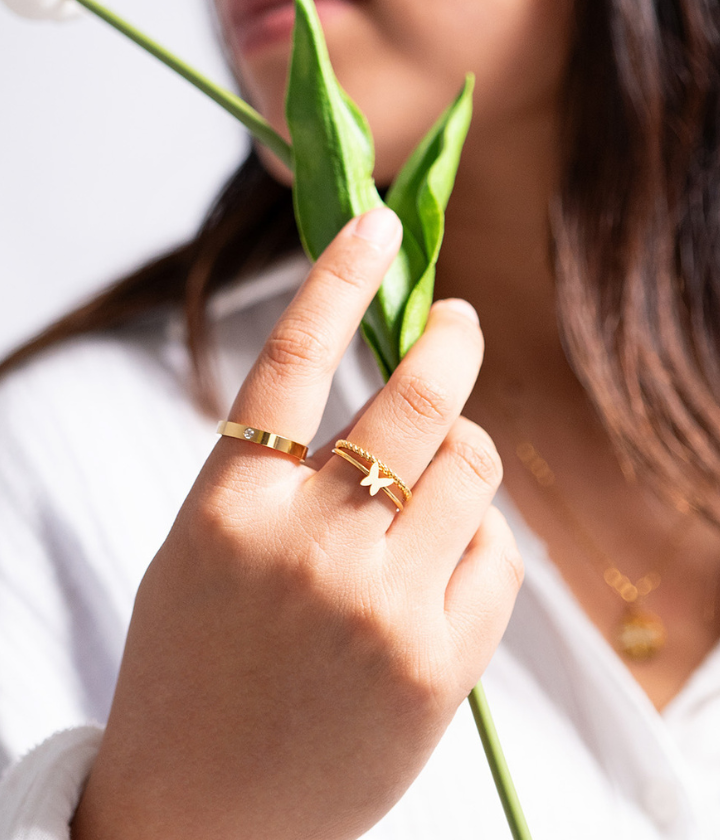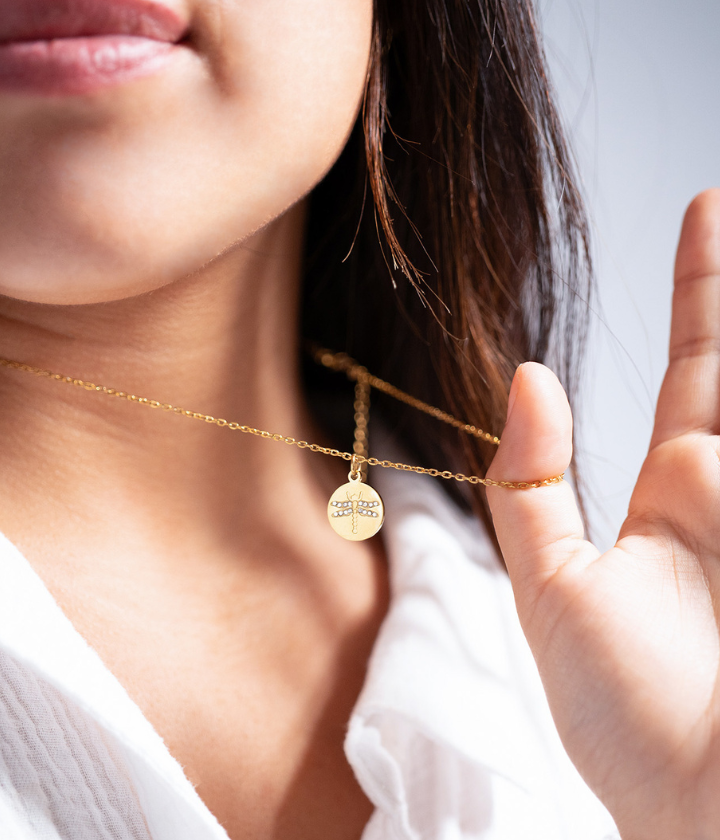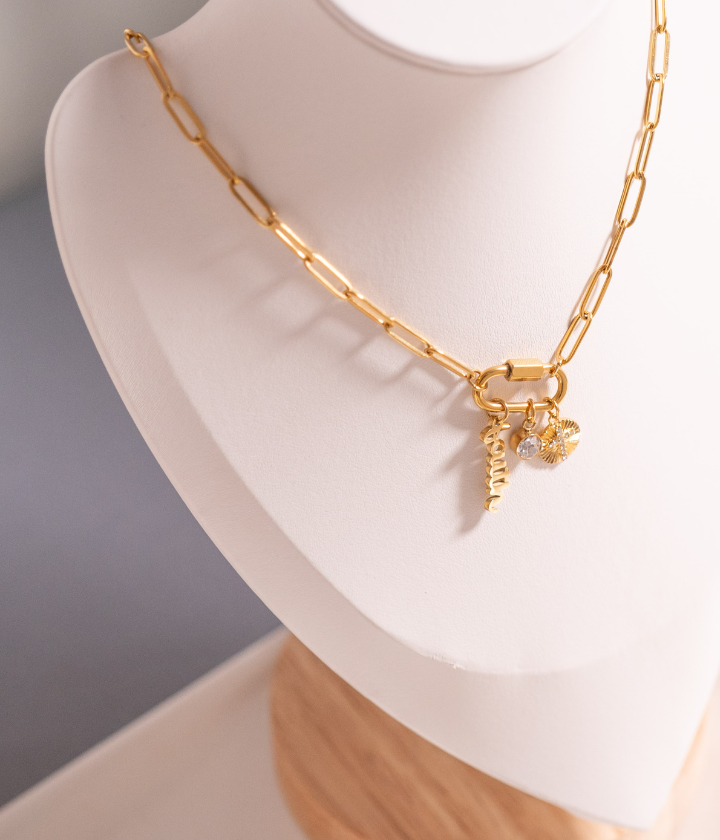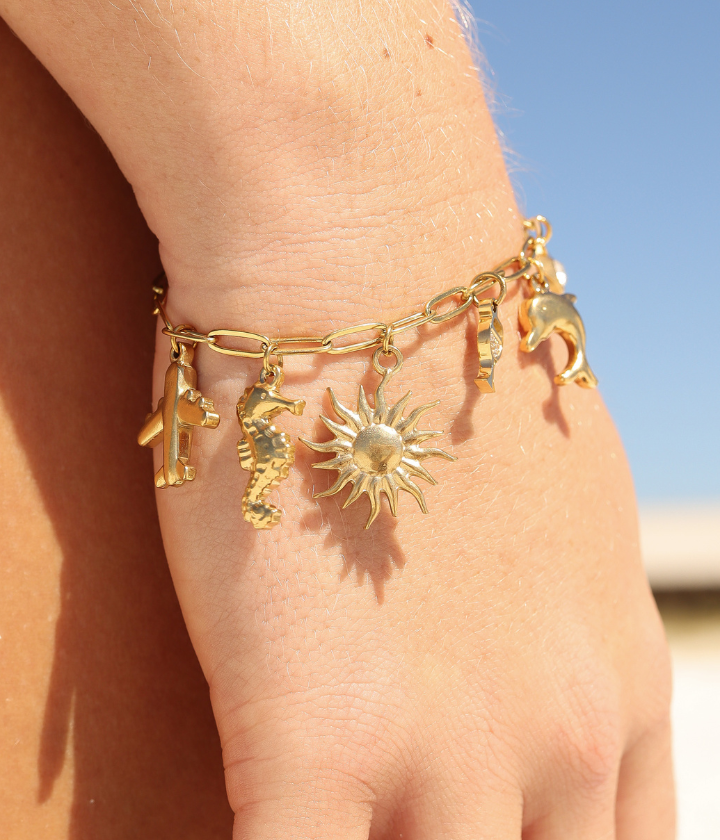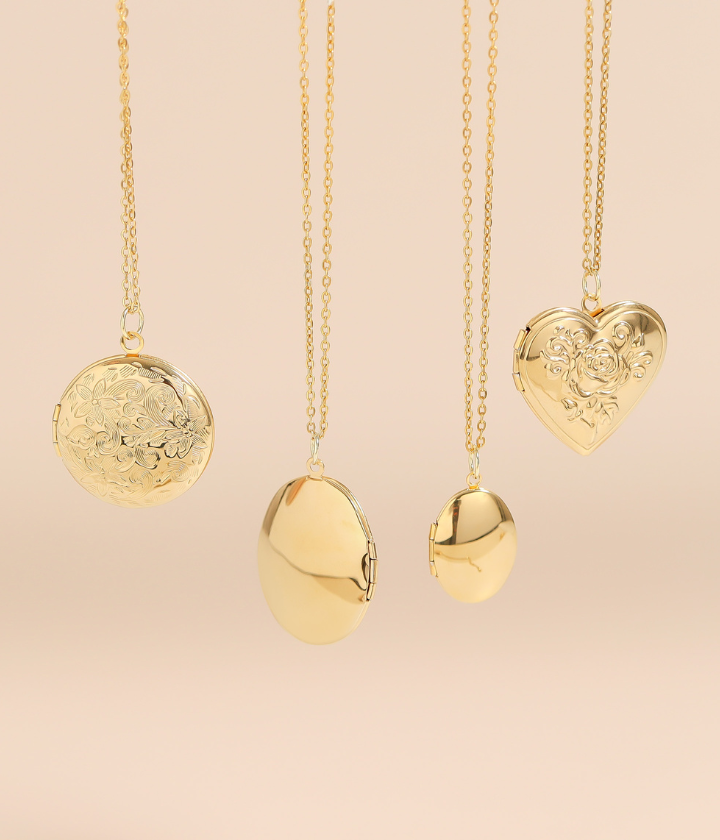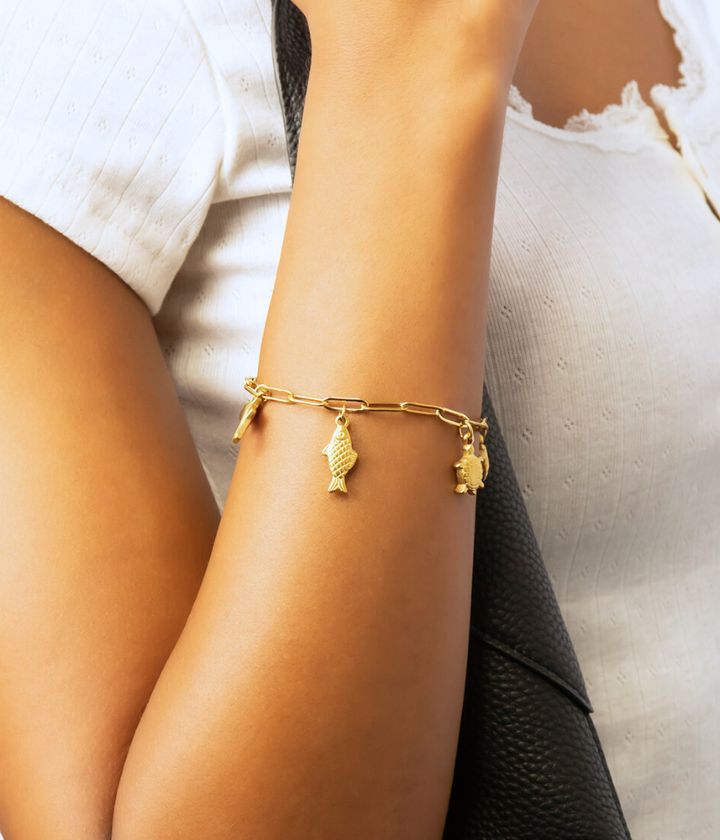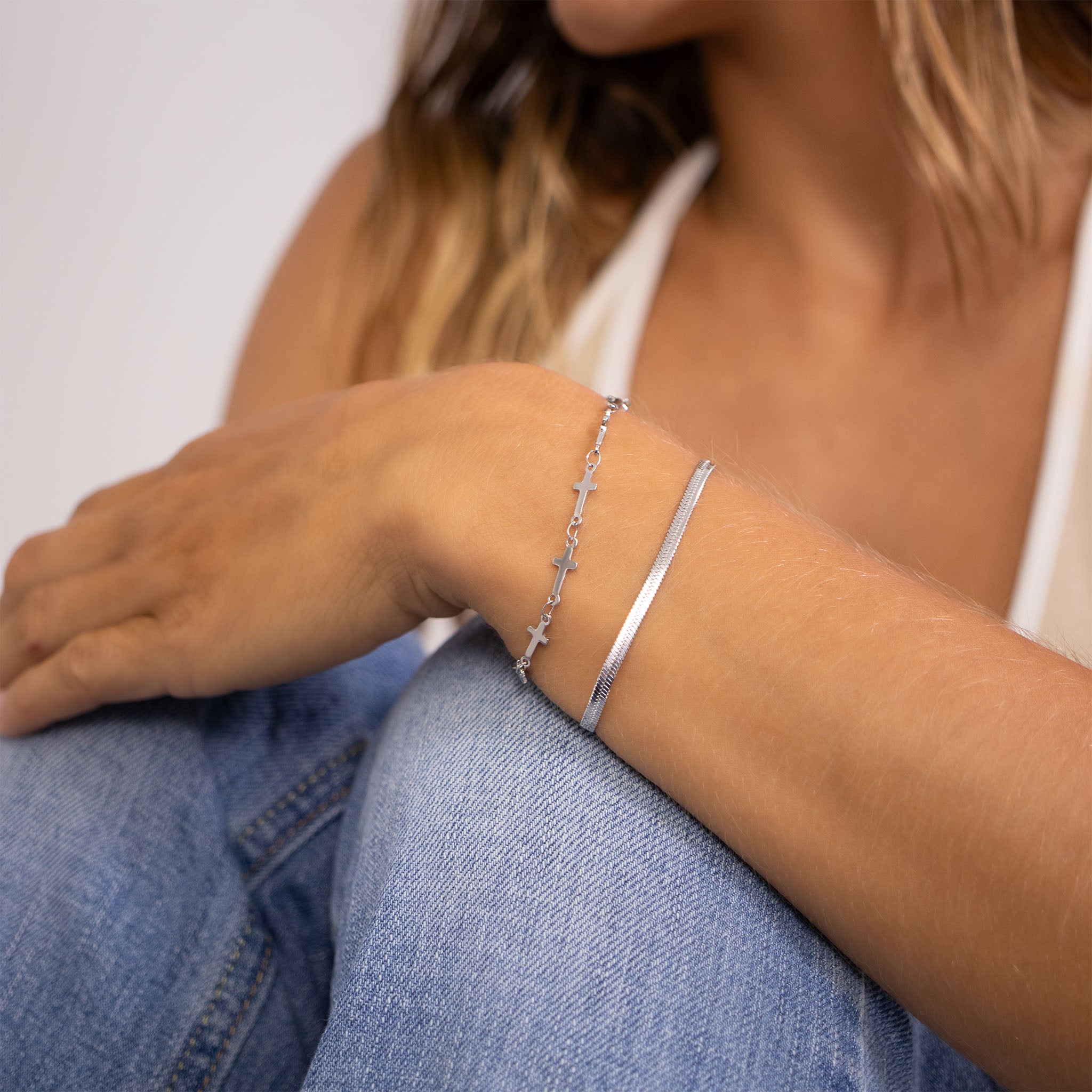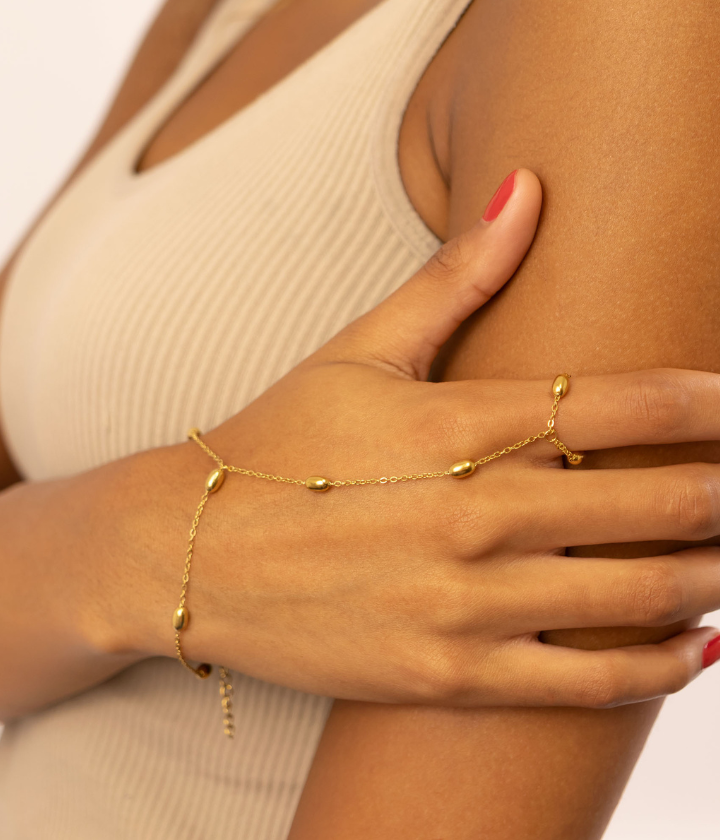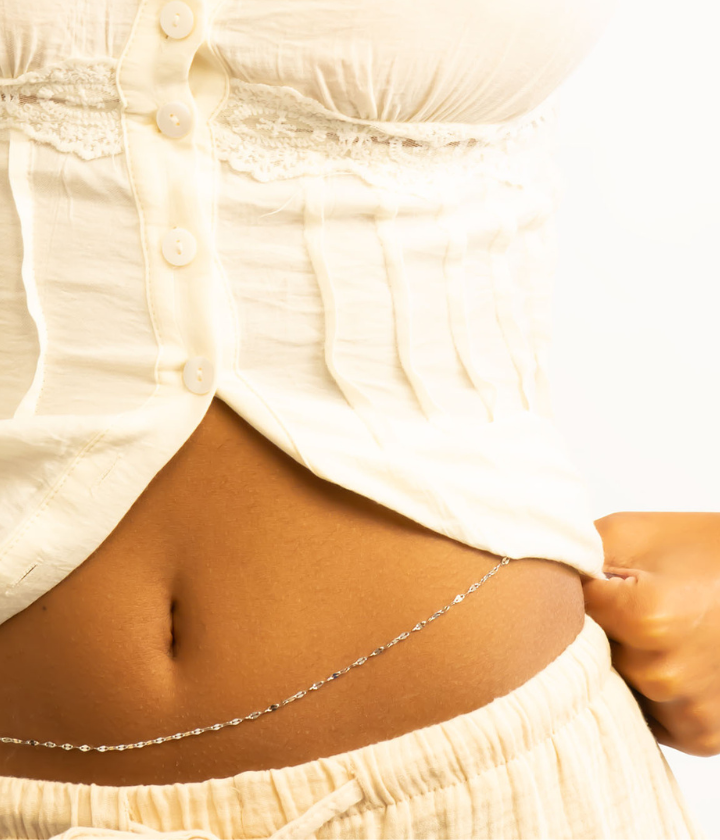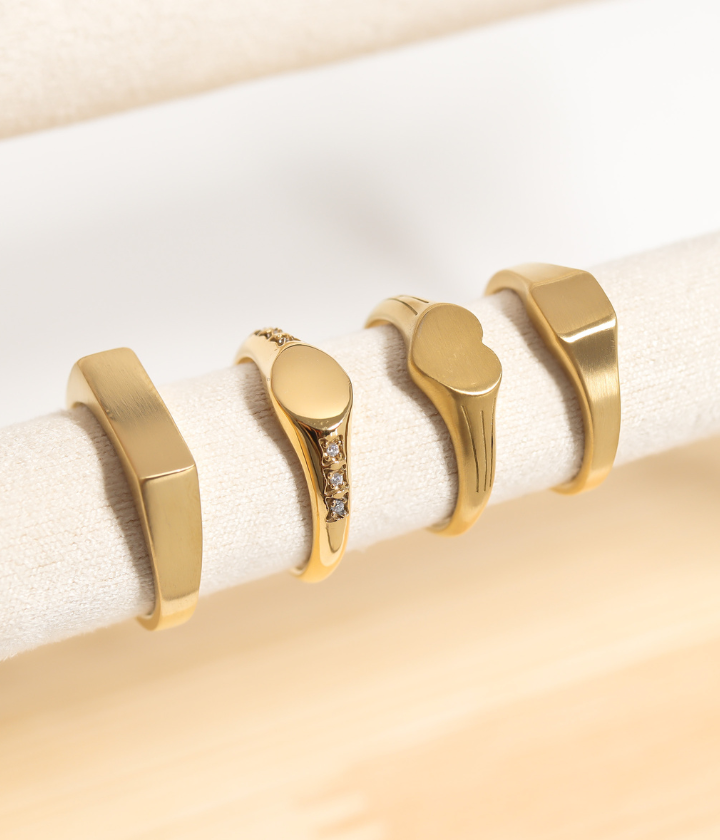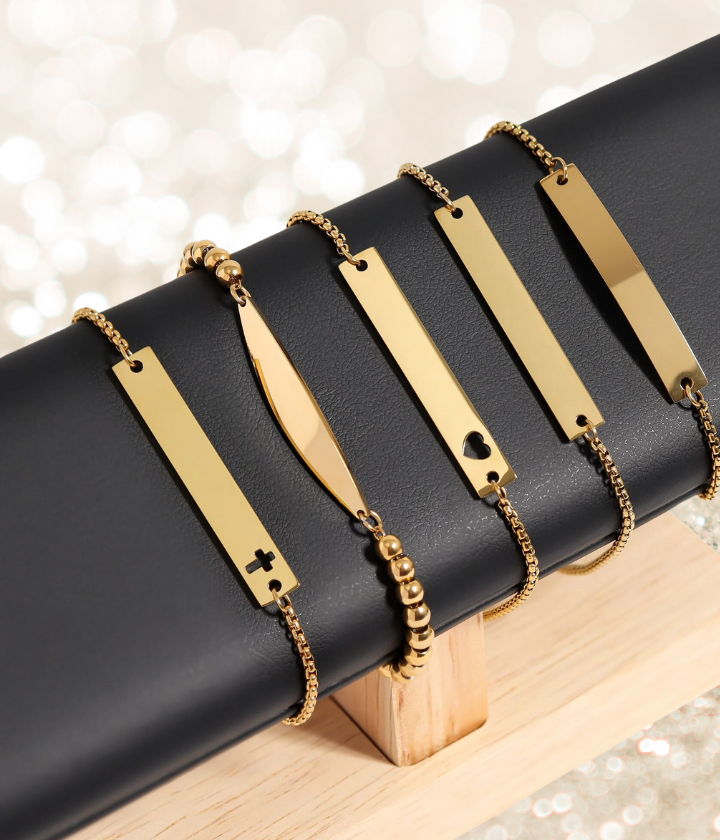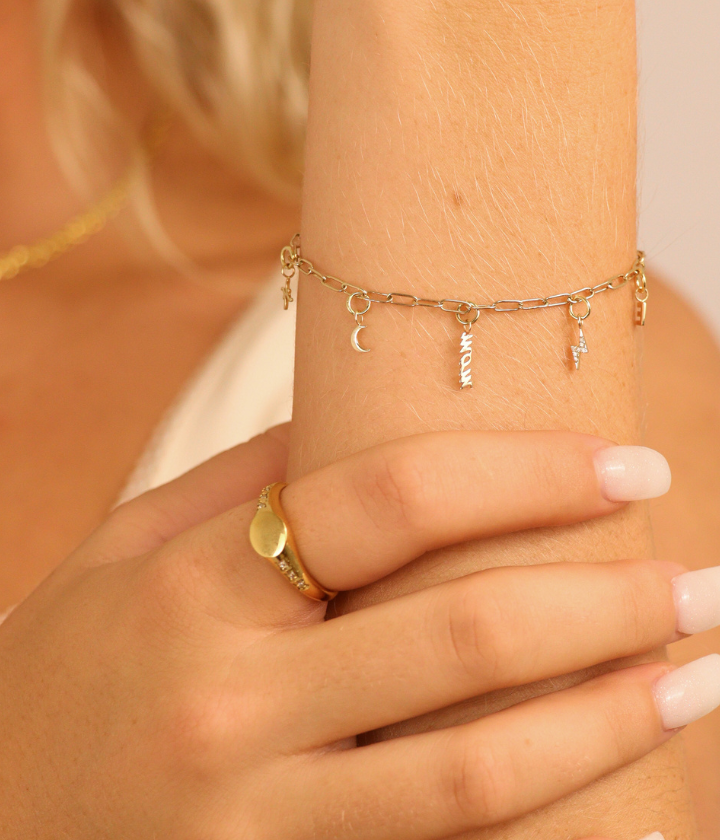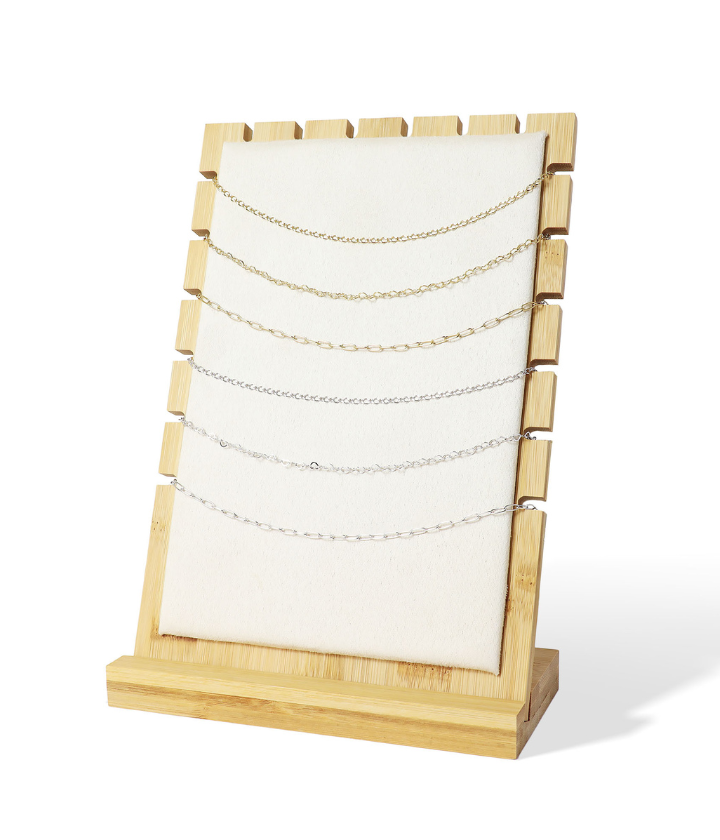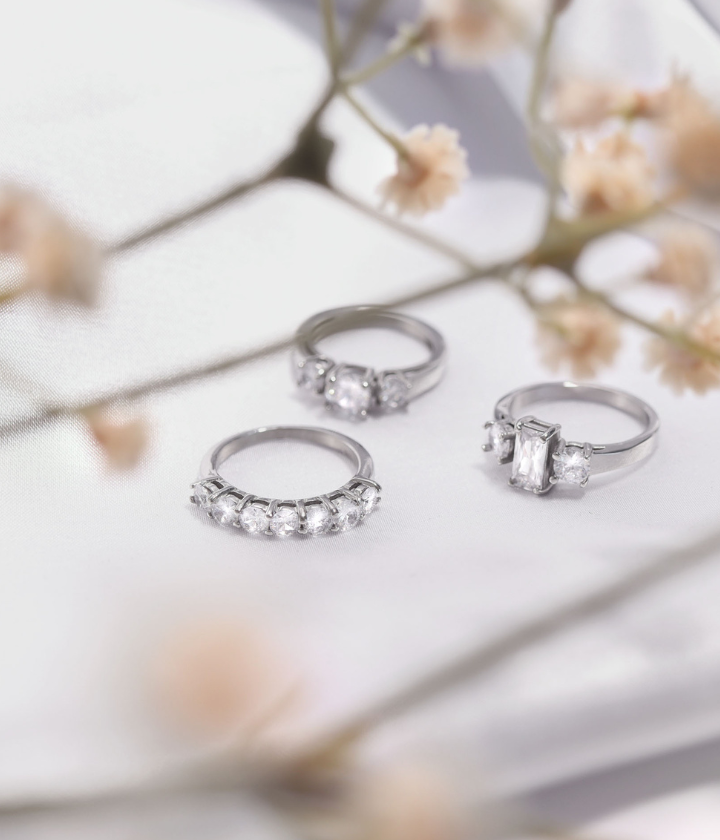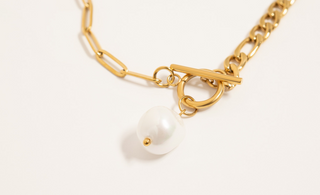
Everything Retailers Need to Know About This Timeless Jewelry Staple
Freshwater pearls have become a must-have in both classic and contemporary jewelry collections. With their range of shapes, colors, and price points, these pearls offer retailers and designers flexibility, elegance, and great margin potential. Whether you're new to pearl jewelry or expanding your collection, this freshwater pearls jewelry guide will walk you through everything you need to know—from pearl types and quality to styling tips and sourcing.
What Are Freshwater Pearls? Origins, Types & Cultivation
Freshwater pearls are cultured pearls grown primarily in freshwater lakes and rivers—most commonly in China. Unlike saltwater pearls that form in oysters, freshwater pearls grow inside mussels and are known for their rich variety and affordability.
Delving into freshwater pearl history, you'll discover that these gems have been cherished for centuries. Ancient cultures revered them, believing they symbolized purity and wisdom. Today, they continue to evoke that same sentiment, making them an ideal choice for weddings, special occasions, or everyday wear.
When you choose freshwater pearls, you're not just selecting jewelry; you're investing in a timeless piece that transcends trends. Their lustrous sheen complements any outfit, from casual to formal, ensuring you always look polished.
When it comes to affordable unique, pearls, Freshwater Pearls are a stunning upgrade to glass pearl as a similar price point perfect for all budgets.
Cultured vs. Natural Pearls
Most pearls on the market today are cultured, meaning they’re farmed under controlled conditions. Freshwater pearls are typically tissue-nucleated, meaning a small piece of mantle tissue is inserted into the mussel to stimulate nacre production. This process yields pearls with a solid nacre structure, giving them a warm, glowing luster.
Tissue-Nucleated vs. Bead-Nucleated Pearls (Edison Pearls)
While standard freshwater pearls are tissue-nucleated, Edison pearls are a newer variety of bead-nucleated freshwater pearls. These are typically larger, rounder, and exhibit brighter luster—making them ideal for standout statement pieces.
Geographic Origins
Over 90% of the world's freshwater pearls are farmed in China, with other minor sources in the United States and Japan. Chinese pearl farms have refined the cultivation process to produce consistently high-quality pearls in various sizes, shapes, and colors.
Grading Freshwater Pearls: What Makes Quality Jewelry
Understanding how freshwater pearls are graded helps retailers choose pieces that meet customer expectations and maintain consistent quality standards.

The A–AAAA Grading Scale
The most widely accepted system grades pearls on a scale from A (lowest quality) to AAAA (highest). Factors include:
-
Luster – the shine and glow of the pearl’s surface
-
Surface Quality – the number and visibility of blemishes
-
Shape – roundness or symmetry
-
Matching – how uniform pearls are in a strand or pair
Key Quality Factors to Watch
-
Luster is especially important in fashion-forward retail jewelry, as it directly impacts visual appeal
-
Surface quality affects perceived value—fewer blemishes mean higher grade
-
Color uniformity and shape matching are critical for multi-pearl jewelry like bracelets or necklaces
Common Shapes, Sizes & Colors Explained
Freshwater pearls offer some of the widest aesthetic variety in the industry—giving designers and resellers endless possibilities.
Popular Shapes: Round, Oval, Baroque, and Keshi
-
Round pearls are the most traditional and sought after, especially in classic strands
-
Baroque pearls are irregular and freeform, perfect for contemporary or artistic designs
-
Keshi pearls, formed without a nucleus, are extremely lustrous and often used in luxury settings
-
Oval and button pearls provide great shape for earrings and rings
Edison & Keshi Pearls
-
Edison pearls are bead-nucleated and often large (up to 16mm), with intense luster
-
Keshi pearls are unique in formation and add texture to boho-chic and modern designs
Natural Colors & Color Treatments
Freshwater pearls come in a spectrum of natural tones—white, pink, peach, and lavender being the most common. Black freshwater pearls are typically color-treated. These hues are ideal for stacking, multi-strand pieces, or mixing with gold and silver metals.
Designing with Freshwater Pearls: Jewelry Styles & Usage
Freshwater pearls are versatile enough to be used across every major jewelry category, from bridal to everyday casual wear.

Popular Jewelry Types
-
Necklaces: Single strands, multi-layer chokers, and pearl station chains
-
Bracelets: Stretch styles, metal-accented cuffs, or baroque bangles
-
Earrings: Pearl studs, drop earrings, and hoop styles with suspended pearls
-
Rings & Pendants: Often used as a focal point in minimalist or statement designs
Style Tips for Retail Success
-
Layering multiple strands of smaller pearls is trending in both fashion and bridal
-
Combining metals (like gold or rose gold) with pearls elevates the look and allows for upselling
-
Mixed shapes in a single piece (e.g., baroque with rounds) give a boutique, handmade aesthetic
How to Care for Freshwater Pearl Jewelry
Educating customers on pearl care not only protects the jewelry’s beauty but also positions your brand as a trusted expert.
Cleaning & Storage
-
Wipe pearls with a soft, damp cloth after wear
-
Avoid exposing pearls to chemicals, perfumes, or abrasive cloths
-
Store in a soft pouch or separate box to prevent scratches
Handling Tips
-
Use the “last-on, first-off” rule: pearls should be the last thing you put on before heading out and the first thing you take off when you return
-
Restring necklaces or bracelets every 1–2 years if worn often, especially if knotted on silk
Protecting Luster Over Time
-
Avoid prolonged sun exposure
-
Keep away from chlorinated water
-
Clean with mild soap and lukewarm water—never ultrasonic cleaners
Where to Source Wholesale Freshwater Pearls
For retailers, sourcing quality freshwater pearls at wholesale prices is essential to balancing product appeal with profitability.
Benefits of Wholesale Sourcing
-
Lower per-unit costs when buying in bulk
-
Greater variety in size, shape, and color
-
Better control over product quality when working with specialized suppliers
Choosing the Right Wholesale Supplier
-
Look for transparency on origin, treatment, and grading (always aim for pearls graded above A, aim for AA-AAAA)
-
Ask about return policies, quality guarantees, and sample availability
-
Research reviews to see what similar retailers say about the style, quality, and communication from the supplier
-
Find a reputable source like Wholesalejewelrywebsite.com, who has built a history of delivering quality materials at the most affordable prices.
Wholesale Design Tips
-
Buy baroque or off-round pearls for unique and affordable designs
-
Stock staple colors like white, pink, and lavender year-round
-
Use larger pearls for higher-ticket statement pieces with better margin potential
- Consider printed pearls for a fun spin on the classic allure of pearls to add a more playful draw to your designs
Final Thoughts: Why Freshwater Pearls Are a Smart Retail Investment
Freshwater pearls remain one of the most versatile and profitable segments in the jewelry world. Whether you're designing trend-forward fashion pieces or timeless classics, freshwater pearls give you flexibility in style, price point, and creativity.
- Cultivated in eco-friendly ways
- Available in a range of shapes and colors
- Affordable with strong markup potential
- Easy to style for modern or traditional looks
- Ideal for layering, mixing, and personalization
With the right mix of sourcing, styling, and education, your customers will fall in love with pearls all over again—and your jewelry business will reap the rewards.
FAQs for Freshwater Pearl Jewelry
What are freshwater pearls and how are they made?
Freshwater pearls are cultured pearls grown in mussels, primarily in Chinese lakes and rivers. They're formed when tissue is implanted to stimulate nacre growth.
Are freshwater pearls real pearls?
Yes. Freshwater pearls are real, cultured pearls made of solid nacre. They differ from saltwater pearls in origin and sometimes shape, but are 100% genuine.
What is the difference between Edison pearls and standard freshwater pearls?
Edison pearls are bead-nucleated and generally larger with higher luster, while standard freshwater pearls are tissue-nucleated and often baroque in shape.
How do I care for freshwater pearl jewelry?
Wipe pearls after each wear, avoid harsh chemicals, and store them separately. Use the “last on, first off” rule to protect their luster.
Where can I buy wholesale freshwater pearls for jewelry?
Specialty pearl wholesalers often provide the best quality, variety, and pricing. Look for origin transparency, grading consistency, and return policies.

